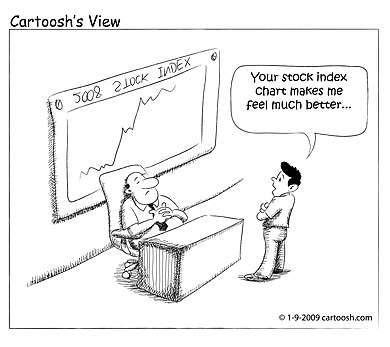Foreword

Technical analysis is a trading discipline employed to evaluate investments and identify trading opportunities by analyzing statistical trends found in charts gathered from trading activity, such as price movement and volume to determine future price behavior. Technical analysis is applicable to stocks, indices, commodities, futures or any trade-able instrument where the price is influenced by the forces of supply and demand.
The roots of modern-day technical analysis stem from the Dow Theory, developed around 1900 by Charles Dow. Stemming either directly or indirectly from the Dow Theory, these roots include such principles as the trending nature of prices, prices discounting all known information and volume mirroring changes in price.
Technical analysis assume the market to be 80% psychological and 20% logical. The psychological or logical part may be open for debate, but there is no questioning the current price of trading activities. After all, it is available for all to see and nobody doubts its legitimacy. The price set by the market reflects the sum knowledge of all participants. These participants have considered almost everything under the sun and settled on a price to buy or sell. These are the forces of supply and demand at work. By examining price action to determine which force is prevailing, technical analysis focuses directly on the bottom line:
(1) What is the price?
(2) Where has it been?
(3) Where is it going?